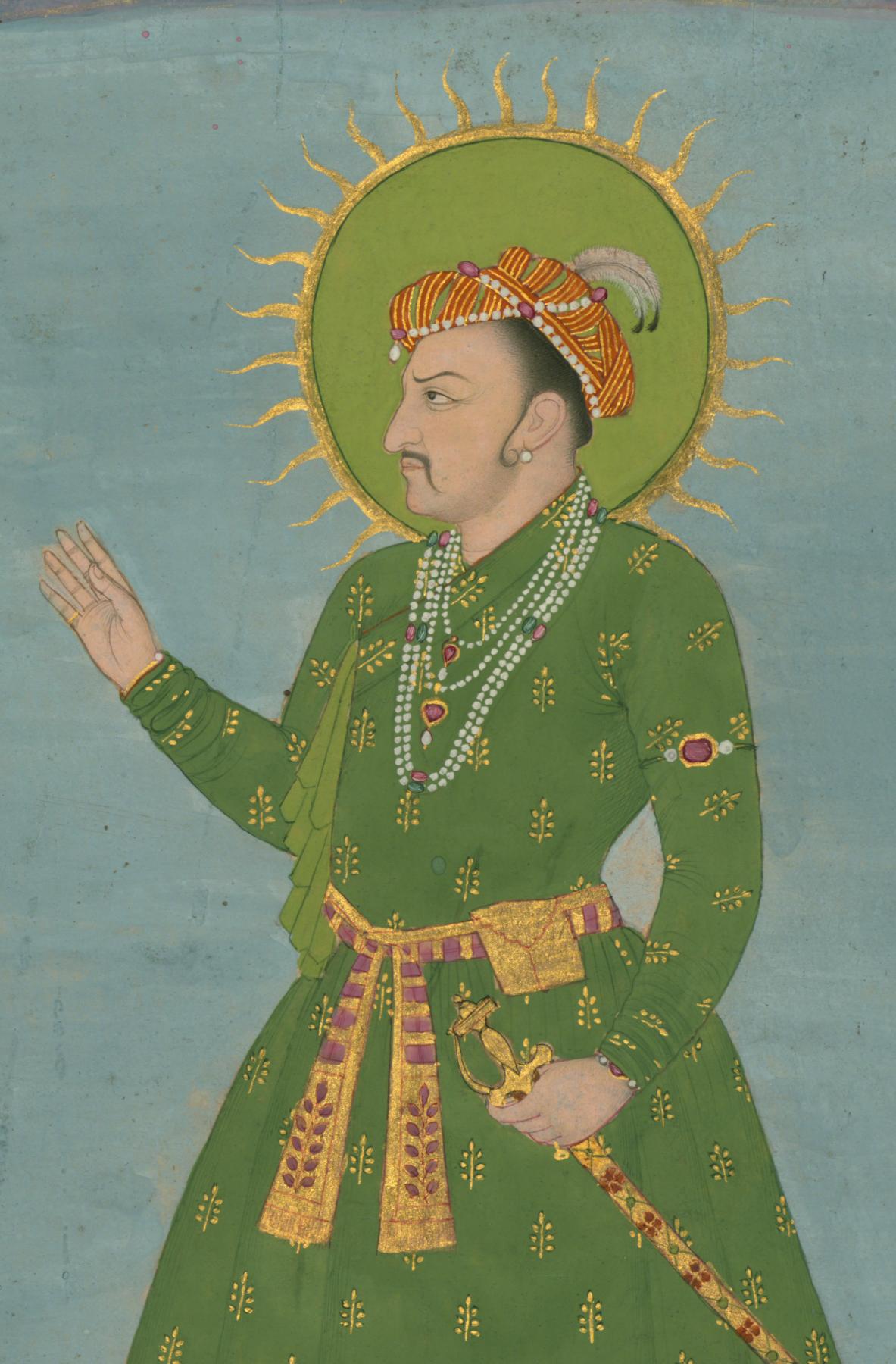It was established on 31st December 1600 in Britain with objective to trade with India. It was a joint stock enterprise.
Gradually the company grew in size and benefited from Indian trade. English were allowed to set up a permanent factory at Surat in 1613 by the Mughal Emperor Jahangir.
An English factory had already come up at Masulipatam on the Eastern Coast in 1611. Keeping in view the profit earned through Indian trade, King James I of England sent his ambassador Sir Thomas Roe, to the court of Jahangir in 1615, who requested for permission on behalf of the Company to open company’s factories in India.
ADVERTISEMENTS:
Subsequently they were allowed to open factories at several places on the West Coast and Surat became the centre of the English trading activities. Later Fort St. George was constructed at Madras in 1639.
The factory was opened at Bangalore in 1642. The company got Bombay in 1668 from Charles II, the King of England, who had received it from Portugal after marrying the Portuguese Princess Catherine Braganza in 1661 as part of the dowry gift.
Similarly, in 1651, a factory at Hoogly and later several factories in Calcutta and Kasimbazar were established.
ADVERTISEMENTS:
In 1702, the nomenclature of the East India Company was changed to ‘United Company of Merchants of England Trading in the East Indies’.
However, in common parlance it came to be known as the East India Company. The East India Company expanded its trade in India and procured privileges and concessions by establishing good relations with the local kings and Nawabs.
For instance by a circular (firman) issued by Farrukhsiyar in 1717, it obtained several concessions.

